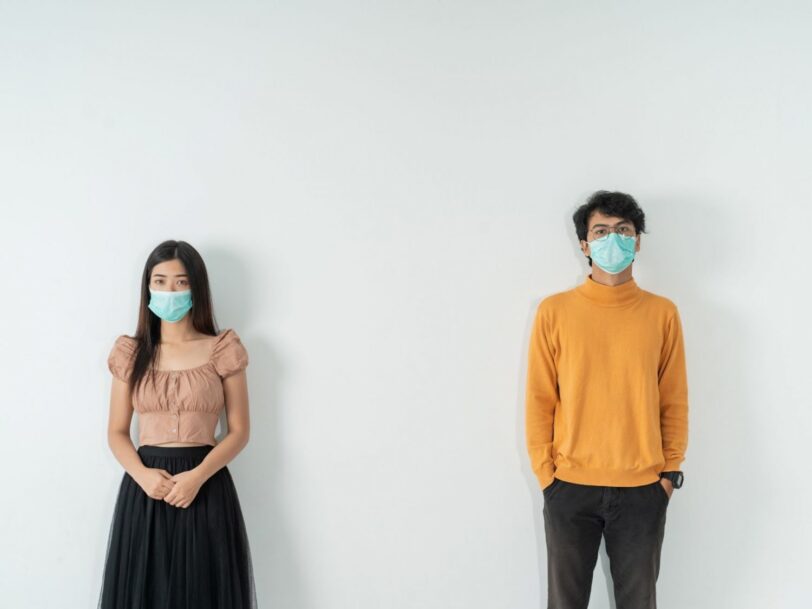
With the outbreak of the Coronavirus, also known as COVID-19, the phrase Social Distancing has become common parlance among...
With the outbreak of the Coronavirus, also known as COVID-19, the phrase Social Distancing has become common parlance among elected officials, journalists, medical professionals, and even the general public. However, from a mental health perspective, the phrase social distancing may prove to increase anxiety as opposed to instilling a level of calm and contentment.
Just where does Social Distancing come from and when did it become a phrase? According to the Miriam Webster dictionary, social distancing, first was introduced into the dictionary in 2003. Miriam Webster defines social distancing as:
“The practice of maintaining a greater than usual physical distance from other
people or avoiding direct contact with people or objects in public places during the outbreak of a contagious disease in order to minimize exposure and reduce the transmission of infection.”
However, this term may be extremely misleading and in fact damaging to those living with a mental illness, as “social” distancing implies one to be less social when in fact what an individual needs is to have a greater “physical” distance from others. An interesting note is that physical distancing is not even defined by Miriam Webster.
As with many words and phrases, it all comes down to connotations of the words themselves and can put the emphasis in the wrong spot at times. For example, Social distancing does just that. Further, the use of the term social distancing associates being social with something negative.
By nature, human beings are social beings. Humans are hardwired to seek one another out and support each other. During a stressful event, who do we often turn to, friends, family, and our social community on a whole. During times of serious illness outbreaks, such as COVID-19 levels of anxiety and stress increase. Being deprived for social connections can increase an individual's level of the hormone cortisol, an indicator of stress. “Isolation can lead to depression, suicidal thoughts, and other clinical conditions, (Kanter and Kuczynski, 2020).”
The important part of the above definition is, “The practice of maintaining a greater than usual physical distance...” Therefore, what we really need to be saying and doing is being “physically” distant from others, while remaining our social connections.
Being there for one another in a time of crisis or despair is exactly what we need. That does not mean we have to be there in person, video messaging, texting, and telephone calls are all ways to remain physically distant, yet socially connected.
During a period of time when working to slow the transmission of a disease, what we seek to limit is the physical distance between individuals, which in turn will work to reduce the spread of contagion and help to flatten the curve. We do not need individuals being less social with one another and isolating into loneliness, depression, and despair.
By: David R. Julian, MSW, LSW, DRCC
Resources
Merriam-Webster. (n.d.). Social distancing. In Merriam-Webster.com dictionary.
Retrieved March 23, 2020, from
https://www.merriam-webster.com/dictionary/social%20distancing
Commentary: The Social Side Effects of Social Distancing
Retrieved March 23, 2020, from
https://www.pressherald.com/2020/03/22/commentary-the-social-side-effects-of-soci
Let’s Call it Physical Distancing
Retrieved March 23, 2020, from
https://twitter.com/PsychToday/status/1241908272015147009?s=09



